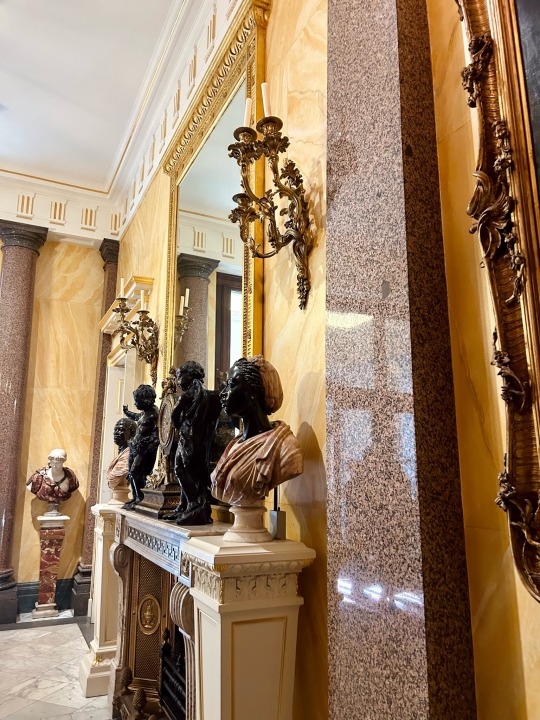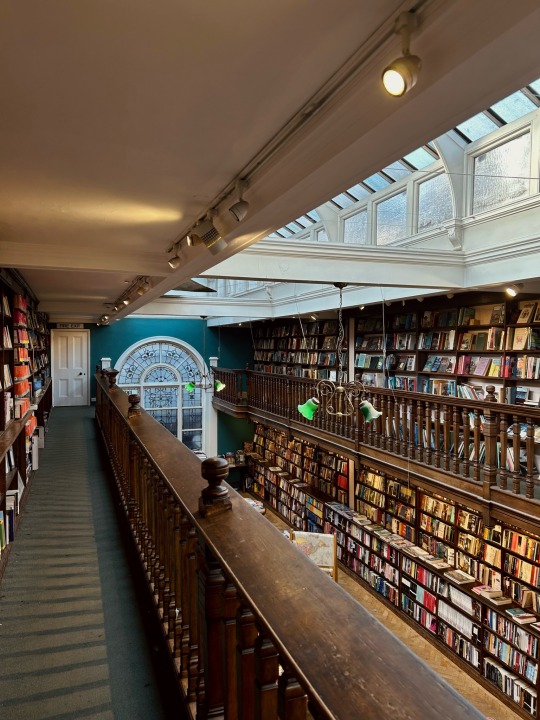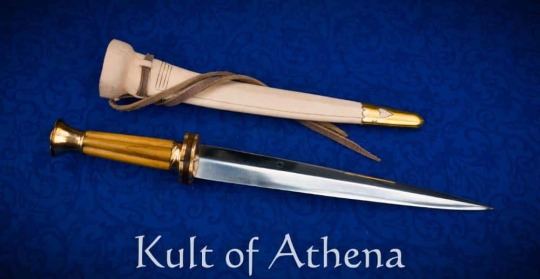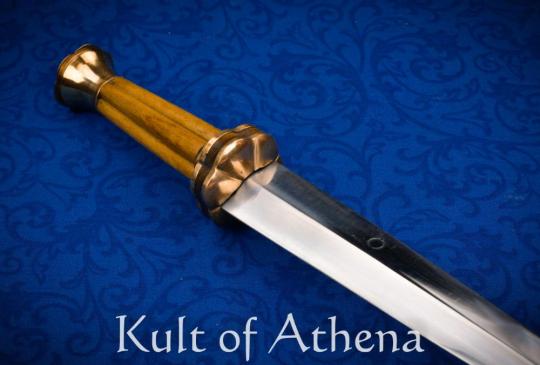#the wallace collection
Explore tagged Tumblr posts
Text




Sunday: cafes, art galleries and bookshops
#questwithambition#studyblr#studyspo#books#bookblr#booklr#art#gallery#bookshop#London#cafe#the wallace collection#daunt books
723 notes
·
View notes
Text

#shaun evans#itv endeavour#endeavour morse#thursday thursday#roger allam#Abigail thaw#love this photo#the wallace collection
55 notes
·
View notes
Text

An Allegory of Fruitfulness
Artist: Jacob Jordaens (Flemish, 1593-1678)
Date: 1620–1629
Medium: Oil on canvas
Collection: The Wallace Collection, London
Description
In this unusual and enigmatic composition, a group of satyrs and humans of various ages are gathered around a woman, who holds a large cornucopia. The grapes proffered by other figures invoke the hedonistic world of the wine god, Bacchus, who according to ancient Roman mythology presides over the Autumn harvest. The central figure points to two children, leaving us in no doubt that this is a celebration of Nature's bounty. Jordaens probably did not have a single literary source in mind, but rather intended to draw out the close association of peace and fecundity, particularly at a time when the war-torn Netherlands was enjoying a period of peace (known as the Twelve Year's Truce).
Thanks to Sir Richard Wallace, who acquired the painting in 1872, our Allegory of Fruitfulness is a very rare example of a mythological painting by Jordaens in a British collection. The artist painted the subject twice: another version is in Brussels, at the Royal Museum of Fine Arts. The main difference between the compositions is that the cornucopia-bearing woman is seen from the front in our painting, and from the back in the Brussels picture. A major conservation project recently revealed that Jordaens originally painted her with her back turned in the same way as in the Brussels painting, and then repainted her to show her in her present position.
#allegorical art#painting#mythology#allegorical scene#oil on canvas#allegory of fruitfulness#satyrs#nude figures#men figures#women figures#humans#autumn harvest#children#cornucupia#nature's bounty#fine art#netherlandish art#landscape#horizon#jacob jordaens#netherlandish painter#oil painting#the wallace collection#artwork#european art#17th century painting
55 notes
·
View notes
Text

The Swing (1767) 🎨 Jean-Honoré Fragonard 🏛️ The Wallace Collection 📍 London, England
The painting is Fragonard's most famous work, and one of the most emblematic images of eighteenth-century art. Its genesis is reported by the writer Charles Collé. According to his journals and memoirs for 1767, the history painter Gabriel-François Doyen was commissioned by an unnamed ‘gentleman of the Court’ late in 1767 to paint his young mistress on a swing, pushed by a bishop with himself admiring her legs from below. Doyen, who had just had a major success at the Salon as a religious history painter, refused and suggested Fragonard. Fragonard was at that time about to completely change his career from a history painter with important royal commissions to a painter of small and highly sophisticated cabinet pictures. This was at least in part a reaction to his problems with payments from the royal arts administration. The commission might have in part triggered that change or might simply have come at the right moment.The painting marks the re-launch of Fragonard's career with paintings for a small, well-informed circle. Those could either be highly erotic works, like P430, or works that required an advanced knowledge of art history and old master painting. Fragonard's move was highly successful.
Compared with the original brief, in the finished painting, the older man is no longer a priest, a barking dog has been added, and Falconet's sculpture of 'L'amour menaçant (Menacing Love)' comments on the story. Fragonard answers the libertine intentions of his patron by picking a Rococo style. Fragonard often employed different styles or languages at the same time, and he seems to have seen a Rococo idiom as particularly apt for an erotic scene. This move has fundamentally shaped perceptions of Rococo art. With Fragonard's famous work, the style changed its associations. Fragonard combines a backward-looking Rococo element with a pre-Romantic rendering of a forceful and uncontrollable, often obscene nature.
The name of the work derives from an engraving by Nicolas de Launay after the painting that was published in 1782. It has been used as a template for countless caricatures and is increasingly popular with contemporary artists and designers.
#The Swing#1767#Jean-Honoré Fragonard#The Wallace Collection#London#England#painting#oil painting#oil on canvas#Rococo#Les hasards heureux de l'escarpolette#french#art#artwork#art history
110 notes
·
View notes
Text

Erigone Conquered (Erigone Vaincue)
Artist: François Boucher (French, 1703 - 1770)
Date: 1745
Medium: Oil on canvas
Collection: The Wallace Collection, London
Description
As described by Ovid, Bacchus, disguised as a bunch of grapes, deceives the nymph Erigone. Originally the painting, together with P442, formed part of a set of four representing the Seasons, all of which were shaped in the same manner and engraved by Charles Duflos in 1751. From their shape and low viewpoints it is clear that they were painted as overdoors to be inserted into decorative panelling. The other two pictures in the series depict the winter as return of Diana from the hunt (Retour de chasse de Diane; Paris, Musée Cognacq-Jay) and summer (Les confidences pastorale; Los Angeles, Los Angeles County Museum of Art). Two of the seasons were thus depicted in the guise of mythological subjects, two as pastorals.
#mythological art#erigone#bacchus#landscape#oil on canvas#fine art#painting#pastoral style#ovid's metamorphoses#nude figures#costume#mythological scene#mythological characters#oil painting#basket#grapes#putti#trees#blue horizon#artwork#french culture#mythology#francois boucher#french painter#french art#the wallace collection#european art#18th century painting
29 notes
·
View notes
Text

Pastoral with a Bagpipe Player
Artist: François Boucher (French, 1703 - 1770)
Date: 1749
Medium: Oil on canvas
Collection: The Wallace Collection, London
Description
With its pendant, P482, the painting represents some Boucher’s most ambitious works in the pastoral mode. Boucher continued the pastoral, utopian mode of Watteau's Fêtes galantes, anchoring them more clearly in an idealised, Italian setting. By exchanging Watteau's contemporary Parisians with idealised shepherds and shepherdesses, Boucher further removed the scenes from a recognizable contemporary reality, transposing them into an entirely imaginary world. While Watteau produced cabinet-sized pictures, Boucher often employed the pastoral for large-scale room decorations, as is the case here.
The two pictures originally belonged to the Daniel-Charles Trudaine, who worked as governor of the Auvergne, before being put in charge of roads and bridges in France, a capacity in which he was responsible for extending and modernising the network considerably. From 1745 he instigated and supervised the production of a new street atlas of France. Trudaine hung the two paintings in the grand salon on the ground floor of his country house at Montigny–Lencoup near Fontainebleau.
The scene was inspired by the theatrical characters of the immensely popular pantomimes of Boucher's friend, Charles-Simon Favart. At the Opéra Comique, where Boucher was both set designer and a keen member of the audience, Favart’s musical dramas combined the Arcadian idealism and aristocratic sensibilities of pastoral poetry with the rustic, sentimental characters of popular theatre. The painting depicts the cousins Lisette and Babette with the little shepherd who wins his sweetheart’s affection and a crown of flowers by serenading her on the bagpipes.
#painting#pastoral scene#oil on canvas#fine art#theatrical characters#landscape#pastoral poetry#popular theatre#women#man#bagpipe#animals#distant city#cloudy horizon#costume#theatre characters#trees#foliage#french culture#francois boucher#french painter#french art#oil painting#the wallace collection#artwork#european art#18th century painting
23 notes
·
View notes
Text

A Grenadier of the Guard at Elba
Artist: Horace Vernet (French, 1789-1863)
Date: c. 1818–1820
Medium: Oil on canvas
Collection: The Wallace Collection, London, United Kingdom
Description
Painted in or before 1820 when the painting was engraved, this is a propaganda picture for the Bonapartist cause. Napoleon, seen on the distant cliff, was in exile on the Mediterranean island of Elba from 4 May 1814 to 26 February 1815, when he escaped to France. On Elba, Napoleon was allowed to have his own army of seven hundred men. The grenadier shown here has patched trousers and gaiters made of mattress ticking - details included by Vernet to suggest the hardships endured by Napoleon and his men in exile. The ship in the right background is presumably intended to be 'L’Inconstant' which carried Napoleon back to France. It is not known why Vernet shows the tricolour beside Napoleon the wrong way around.
#painting#historical art#historical painting#granadier#island of elba#french army#napoleon bonaparte#cliff#flag#cannon#sea#napoleon's exile#french soldiers#ship#uniforms#drum#oil on canvas#french history#artwork#fine art#oil painting#french culture#french art#horace vernet#french painter#european art#19th century painting#the wallace collection
13 notes
·
View notes
Text

Snake (one of set),
Late 16th C/early 17th C
Unknown artist
Bronze
The Wallace Collection
#found#art#london#the Wallace Collection#snake#year of the snake#bronze#bronze sculpture#16th century
11 notes
·
View notes
Text




I had a delightful Sunday last week: coffee and a wander around The Wallace Collection, walking though Marylebone with an obligatory stop at Daunt books, and then basking in the sun at Regent’s Park with a cupcake 🧁
#it was a good one#now just dealing with the noisy neighbours which is causing anxiety but we’re trying our best#questwithambition#studyblr#studyspo#london#photography#museum#art#gallery#the Wallace collection#books#bookblr#currently reading#a very short introduction to linguistics
90 notes
·
View notes
Text


The Wallace Collection, London
#the wallace collection#london#london photography#london art#museums#museum photography#art photography#wall art#renaissance art#rococco art#photographers on tumblr#original photographers#photography
19 notes
·
View notes
Text




Tod Cutler – 14th Century Effigy Rondel Dagger
Mid to late 14thC Rondel dagger. Featuring a flower shaped pommel and disc guard in bronze with a fluted wooden grip. A very strong double sided, diamond section blade. This type of ‘gentle’ motif of a flower was typical of knights of the 13th and 14th C. You can see motifs and daggers like this on effigy’s and artwork throughout the period. Later rondel daggers had a top ‘disc’ style guard as well but early ones had a more normal shaped dagger pommel as seen here. The unsharpened blade is crafted from EN45 high carbon steel and the guard is a composite of bronze and wood; the pommel is cast from matching bronze and the blade is peened over the pommel to complete the dagger. The grip is polished wood.
As well as the dagger being typical of the period it comes with a very distinctive ‘cupped’ leather sheath which has been shaped around the bottom rondel with a brass shaped shape with fluting and a heart motif cut out.
#Kult of Athena#KultOfAthena#New Item Wednesday#Tod Cutler#14th Century Effigy Rondel Dagger#Knives & Daggers#Medieval Knives & Daggers#Medieval Weapons#13th century#14th century#the Wallace Collection#Battle Ready#EN45 High Carbon Steel
4 notes
·
View notes
Text


You all know what I thought, the moment I saw this picture.
I've been on this hellsite far too long.
#*SIGH*#IT FUCKEN WIMDY#Lord byron#Clifton thomson#Lyon the wolfdog#I knew Byron had a pet bear but not a wolfdog#Portraits of Dogs#The wallace collection
18 notes
·
View notes
Text

The Laughing Cavalier by Frans Hals - 1624
(information, thoughts and sources below the break)
Found in The Wallace Collection, London, The Laughing Cavalier is probably a portrait you've seen as in a print or referenced in film. Despite it's name however, the sitter isn't depicted laughing and was almost certainly not a cavalier. The portrait gained it's name in the Victorian era and stuck to this day.
Frans Hals paintings were widely regarded in his lifetime and by those after, an 1885 letter from Vincent van Gogh to his younger brother Theo van Gogh enthuses about Hals' use of colour, particularly noting the depth of tone in his blacks, writing that "Frans Hals has no less than twenty-seven blacks" which is especially apparent in this painting along with the remarkable embroidery.
The portrait can be seen at The Wallace Collection in London, as well as online as part of the Frans Hals: The Male Portrait exhibition.
(opinions) I loved being able to see this portrait in person, on a good screen you can see the difference in the blacks but as someone who had only ever seen it in low-quality prints it honestly stunned me when I saw it in person. Up-close you can really see every little detail and regardless who the sitter was (we have theories, but it's not certain who he was) he has a level of charisma in this portrait that's very charming.
Sources:
The Laughing Cavaler image - The Wallace Collection
Vincent Van Gough's letter - Van Gough's letters Webexhibits
#history#the laughing cavalier#frans hals#painting#portrait#the wallace collection#dutch golden age#baroque#1642#van gogh#van gogh letters#online exhibition#art#art history#museum#dutch artist#art opinions#opinion#long post
2 notes
·
View notes
Text
The Power of Pink
Portrait of Marquise de Pompadour by Boucher, 1759. Oil on canvas © The Wallace Collection, London So here, at last, it couldn’t be resisted, the most familiar and most delectable of all the images of Madame de Pompadour that enchanted my childhood is posted here for DvP, like everything else that matters in life. It is not just the story of a dress, though what a dress, which can transform a…
#Art#beauty#Boucher#celebrity#culture#Fashion#feminism#heroines#History#Louis XV#Madame de Pompadour#paintings#Pigalle#pink#Politics#Portraits#Rococo#The Wallace Collection
1 note
·
View note
Text
Wallace Collection - DayDream
youtube
Daydream, I fell asleep amid the flowers
For a couple of hours on a beautiful day
Daydream, I dreamed of you amid the flowers
For a couple of hours, such a beautiful day
#the wallace collection#1969#chill music#lowkey melancholic vibes#daydream#summer songs#☮️#Youtube#music
0 notes
Text




1 note
·
View note